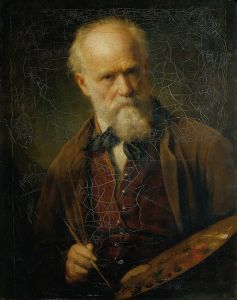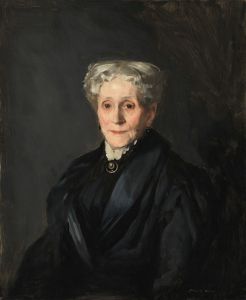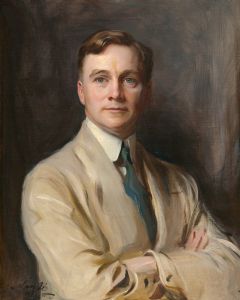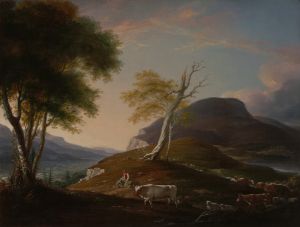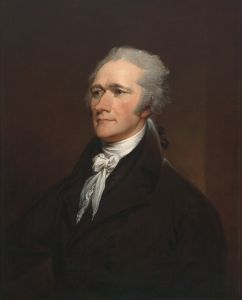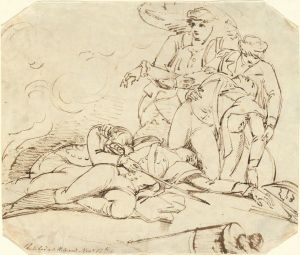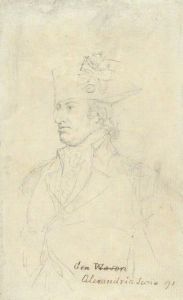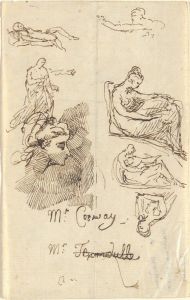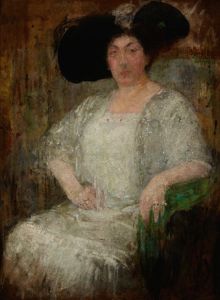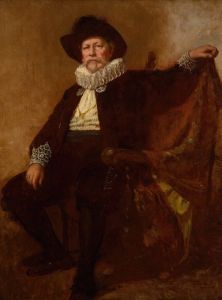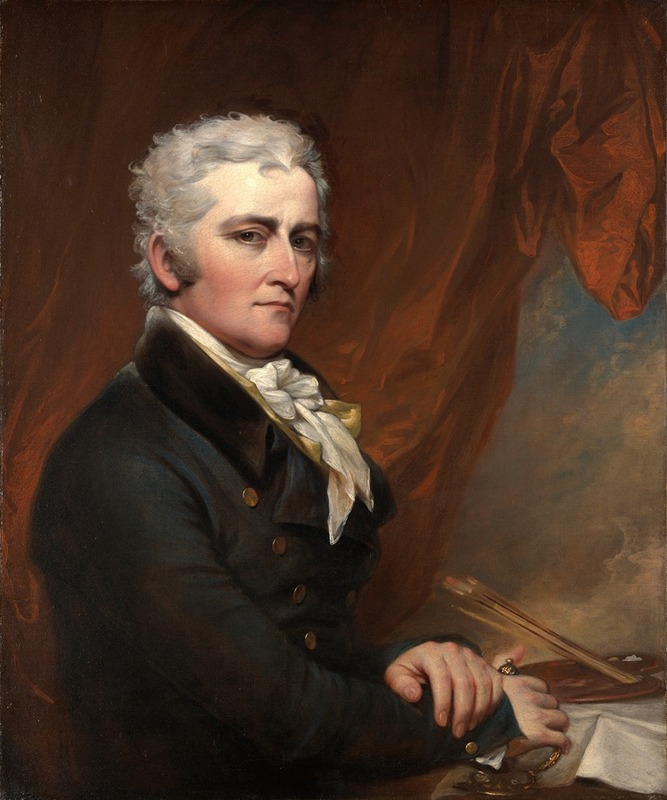
Self-Portrait
A hand-painted replica of John Trumbull’s masterpiece Self-Portrait, meticulously crafted by professional artists to capture the true essence of the original. Each piece is created with museum-quality canvas and rare mineral pigments, carefully painted by experienced artists with delicate brushstrokes and rich, layered colors to perfectly recreate the texture of the original artwork. Unlike machine-printed reproductions, this hand-painted version brings the painting to life, infused with the artist’s emotions and skill in every stroke. Whether for personal collection or home decoration, it instantly elevates the artistic atmosphere of any space.
John Trumbull's "Self-Portrait" is a notable work by the American artist and is an important piece in understanding his contribution to early American art. John Trumbull (1756–1843) was an American artist during the period of the American Revolutionary War and is best known for his historical paintings depicting the American Revolution. His works are considered some of the most important visual records of this era.
Trumbull was born in Lebanon, Connecticut, and was the son of Jonathan Trumbull, the Governor of Connecticut. He attended Harvard College and later served as a soldier in the Continental Army during the American Revolutionary War. His military experience and connections with key figures of the Revolution greatly influenced his artistic career.
The "Self-Portrait" by John Trumbull is a reflection of his skills and style as a portrait artist. Although the exact date of the painting is not definitively known, it is believed to have been created in the early 19th century. The portrait showcases Trumbull's adeptness at capturing the likeness and character of his subjects, a skill that he honed through his extensive work on historical paintings and portraits of prominent figures of his time.
In the self-portrait, Trumbull presents himself with a composed and thoughtful expression, indicative of his status as a respected artist and intellectual. The painting is executed with a keen attention to detail, particularly in the rendering of facial features and the use of light and shadow to create depth. This attention to detail is characteristic of Trumbull's work and reflects the influence of his studies in Europe, where he was exposed to the works of the Old Masters.
Trumbull's time in Europe was significant in shaping his artistic style. He studied under Benjamin West in London, who was a prominent American expatriate artist and the president of the Royal Academy. West's mentorship provided Trumbull with a strong foundation in the techniques of history painting, which he later applied to his depictions of the American Revolution.
The "Self-Portrait" is part of the collection at the Yale University Art Gallery, which houses a significant number of Trumbull's works. In 1831, Trumbull sold a collection of his paintings and miniatures to Yale University, ensuring the preservation and public accessibility of his art. This collection includes some of his most famous historical paintings, such as "The Declaration of Independence" and "The Surrender of Lord Cornwallis."
Trumbull's legacy as an artist is closely tied to his role in documenting the American Revolutionary War through his paintings. His self-portrait not only serves as a personal reflection but also as a testament to his enduring influence on American art. Through his meticulous attention to historical detail and his ability to capture the spirit of his subjects, Trumbull's work continues to be celebrated for its historical and artistic significance.





